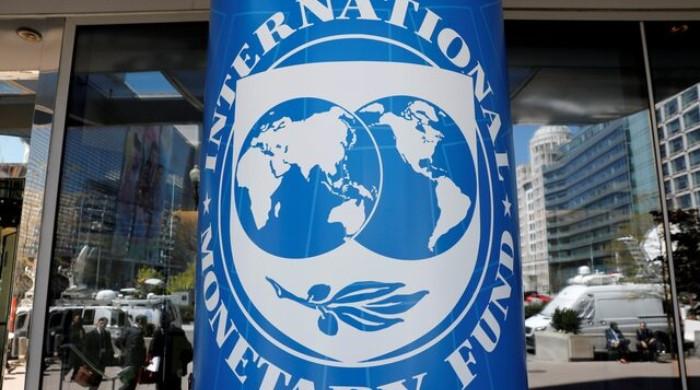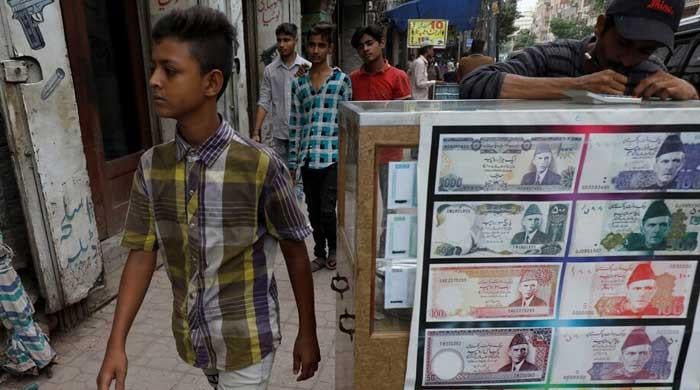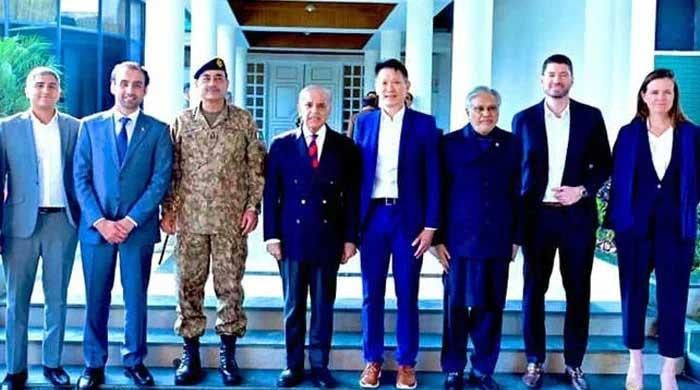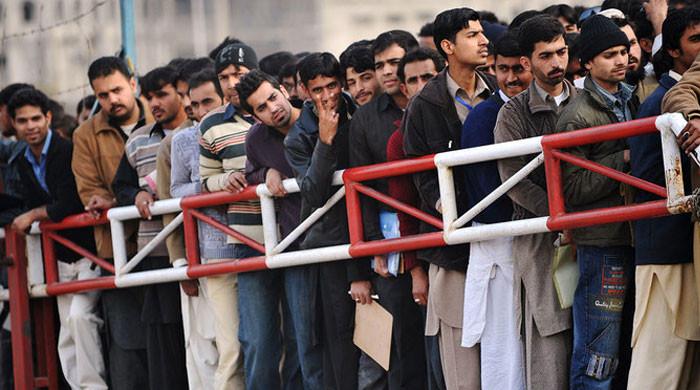Hot and cold
It seems to be an easy metaphor for saying more about an object, a place, or a person than one can say in a word
May 06, 2023
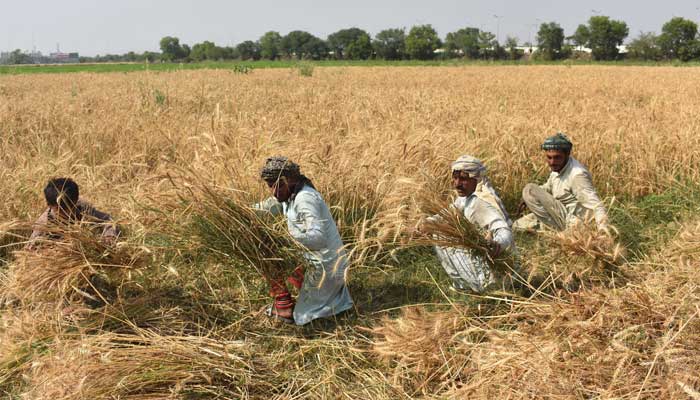
Anthropology went through a phase of obsessively looking for oppositions in culture. Lévi-Strauss was one of the most influential originators of this methodology, with fascinating lists of connected oppositional concepts. His book, The Raw and the Cooked (which works better in French with the alliterative title Le Cru et le Cuit) offers a whirlwind tour of what can be accomplished by looking for such contrasting terms. One that has always fascinated me is the ideas around “hot” and “cold”. We find this contrast in health systems (particularly those based on ancient Greek humoral systems) and when communicating ideas about what’s attractive and what’s not.
When I was trying to generate representations of local farmers’ models of nature, I asked people to complete free lists of different categories of the world around them. These categories included, among other things, animals, plants, soils, and the weather.
I learned a great deal from this exercise. Some of these lessons were downright surprising. First, I learned that asking illiterate farmers to provide lists of terms suggests that this is not the way they store information. They gave me the lists, but with each term, came a mnemonic hook that seemed to help them recall and which they provided to me to help me recall later on. Second, when it came to weather, there was a noticeable lack of terms.
Garam (hot) and Sard (cold) weather were the only unsolicited terms I got. I could prod people for more terms, by suggesting things. I would ask, “What about rain?” and they would nod and say yes, that too. Snow? Sure, they’d agree. Windy? Yes. But when unprompted, the only terms were hot and cold.
Of course, I know that the practical knowledge that people rely on in an everyday context is a subset of their total knowledge set. And I know that asking people to do unfamiliar tasks can get odd results. Still, I was, and remain, intrigued by this apparent contentedness with such a rudimentary set of basic weather terms.
Ultimately, I also found that soil could similarly be boiled down into two categories: kala (black) and chitta (white). Although the initial free lists of soil types were usually longer (though not always), when asked to group soils, it was clear that everything fell into either a black soil or a white soil category. This is important because it is an indication of how fertile the soil is. Black soil can be used for crops, and the lower-order terms helped farmers to know which crops to plant. White soil was not ready for planting and would require preparation if one really wanted to cultivate it.
This left a puzzle for me, however, because weather is surely as important in farming as soil, but the initial categories were so much more restricted. Upon further investigation, it was clear that the weather (mausum) didn’t seem to include everything I expected it to. Under the heading of hot and cold, farmers know a great many different conditions, but those didn’t seem to count as weather. Cold, for example, includes rain, snow, wind, and ice. It also broadly describes the seasons which are important for knowing when to plant and harvest different crops. The categorisation was sufficient for the traditional farming practices of the area.
Anthropologists’ fixation with oppositions like hot and cold was not, however, because they reveal something about a particular culture, but rather because they were supposed to help us understand how all cultures produce and organise knowledge. That particular pursuit has, for the most part, fallen out of favour in the discipline and we now bicker and squabble ad inifinitum about how cognition really works, as good academics often do. So I don’t propose hot and cold as some underlying base pair of Punjabi cultural DNA, but I still find it puzzling and interesting just how frequently I come across the use of hot and cold to encapsulate complex sets of relational attributes. It seems to be an easy metaphor for saying more about an object, a place, or a person than one can say in a word. When I say someone, someplace or something is hot, I may or may not be speaking about their physical temperature (more often not). With this simple pair of words, I can infuse my judgements with a host of attributes that may or may not be correctly interpreted. The extent to which my interlocutor gets what I’m trying to say may be one powerful indication of how much cultural overlap there is between us.
Such cultural overlap is what seems to drive the shortcut categorisation that works so well in places like farming villages. In those locations, everyone largely knows what everyone else knows. One can afford to be concise and use loaded but potentially ambiguous terms, like hot and cold. It’s only when we move to more heterogenous places that we need to start developing more precise terminologies because underneath those handy terms, is a world of room for misunderstanding.
Professor Stephen Lyon is the inaugural dean for Aga Khan University’s new Faculty of Arts and Sciences (FAS). He is a cultural anthropologist with an interest in social organisation, cultural systems, conflict and development in rural and urban Pakistan.




